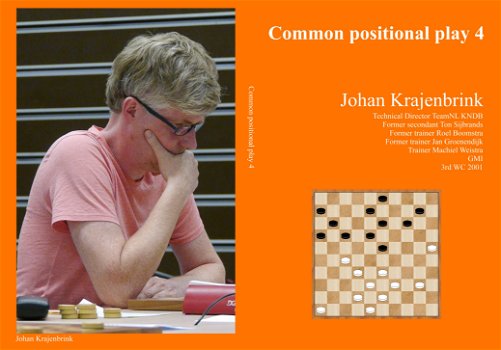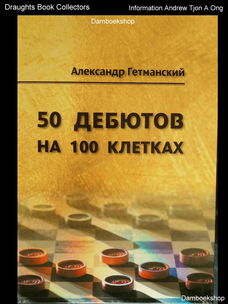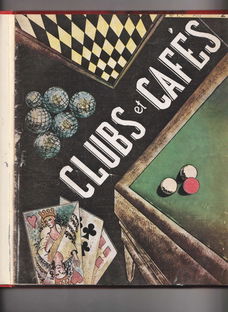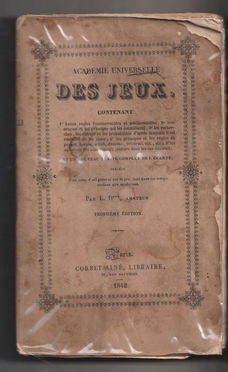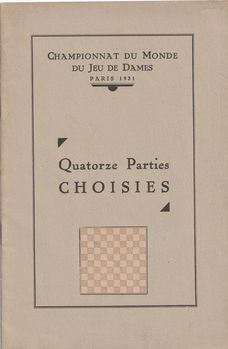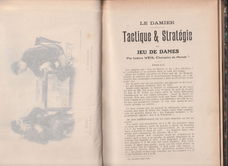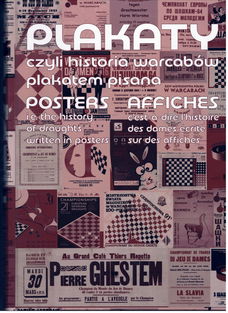
Common positional play 4
Kenmerken
- Conditie
- Nieuw
- Levering
- Ophalen of verzenden
Omschrijving
Common positional play 4
Johan Krajenbrink
1st edition 2020
Of course the other parts are also available and can be ordered here:
Common Positional Play 1 (€ 12)
Common Positional Play 2 (€ 14)
Common Positional Play 3 (€ 14)
COMMON POSITIONAL PLAY 4 (CPP 4)
Common positional play 4 (CPP 4) has been published in English!
New draughts book by Johan Krajenbrink.
Based on thirty years of training experience.
Size: 170x240 mm and 96 pages.
ISBN/EAN: 978-90-830601-8-1.
A short passage from the introduction of Common positional play 4:
So when I wrote this series I kept asking the question: what to do with the combinations, what to do
with the relation between positional play and combinative play? I wasn’t sure about this, so I kept
them separated for the time being. At a certain point I had the idea to alternatively create a whole new
series: Common Combinative Play. I discussed this with Lambert-Jan Koops and that had a positive
outcome: Lambert-Jan quickly imagined how to go about this. Even better: he produced one chapter
after the other. The reader now looks at the result: in CPP 4 positional play and combinative play
beautifully come together. In CCP 4 most of the work by far was put in by Lambert-Jan, but
considering that I also contributed something, I still dare to put my name on the cover after
deliberation with Lambert-Jan. Anyhow: Lambert-Jan and I once again have the ambition to add
something to the draughts literature and the way of thinking about draughts training with this book.
Naturally we believe that CCP 4 is suitable for this series, there is more than enough positional play in
this part, only now in continuous practical relation to combinations. That is the game practice as well
after all! We therefore try to discuss all sorts of combinations in relation to positional play. We also try
to implement some level of systematics:
1. Which categories of combinations do you have in positional play?
2. How likely is someone to get himself caught in a combination?
3. When should you play at a combination and when shouldn’t you?
4. When do you take a combination of despair and when don’t you?
5. We show a small bit of probability calculation as part of your considerations.
6. How do you make combinative considerations in relation to positional play?
7. The familiar training form model games returns: now mostly from a combinative point of
view.
8. In CCP you also have to do something yourself: once again there are tests in which you have
to look for combinations in a creative way yourself, have to think about the relation with
positional play and your own assessment of this.
9. Can we make decisions based on all possible available knowledge of a certain opponent?
In CCP 4 we make a serious effort to allow you to train when or when not to play at a combination. I
write with emphasis: we make an effort, because it still is hard to estimate and also subjective. It may
very well be that the reader occasionally has a very different opinion from us. It may very well be that
the reader occasionally thinks it’s nonsense to play at a combination while we think it’s a good idea
(or the other way around).
